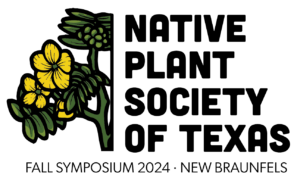 Our annual gathering with three days of field trips, presentations, camaraderie and more. Over 20 presentations will explore the challenges created by urban growth and what we all can do to reverse this trend. Learn more: 2024 Symposium
Our annual gathering with three days of field trips, presentations, camaraderie and more. Over 20 presentations will explore the challenges created by urban growth and what we all can do to reverse this trend. Learn more: 2024 Symposium
In-Person or Virtual Attendance: Registration
Symposium events include:
• “Meet and Greet” Reception Thursday evening
• Three plenary presentations Friday morning
• Field trip Friday afternoon
• Three plenary presentations Saturday morning
• Annual State Meeting of Members over lunch (Sat.)
• 15 concurrent sessions (Sat. from 1-5pm)
• Awards Banquet Saturday evening (optional add-on)


